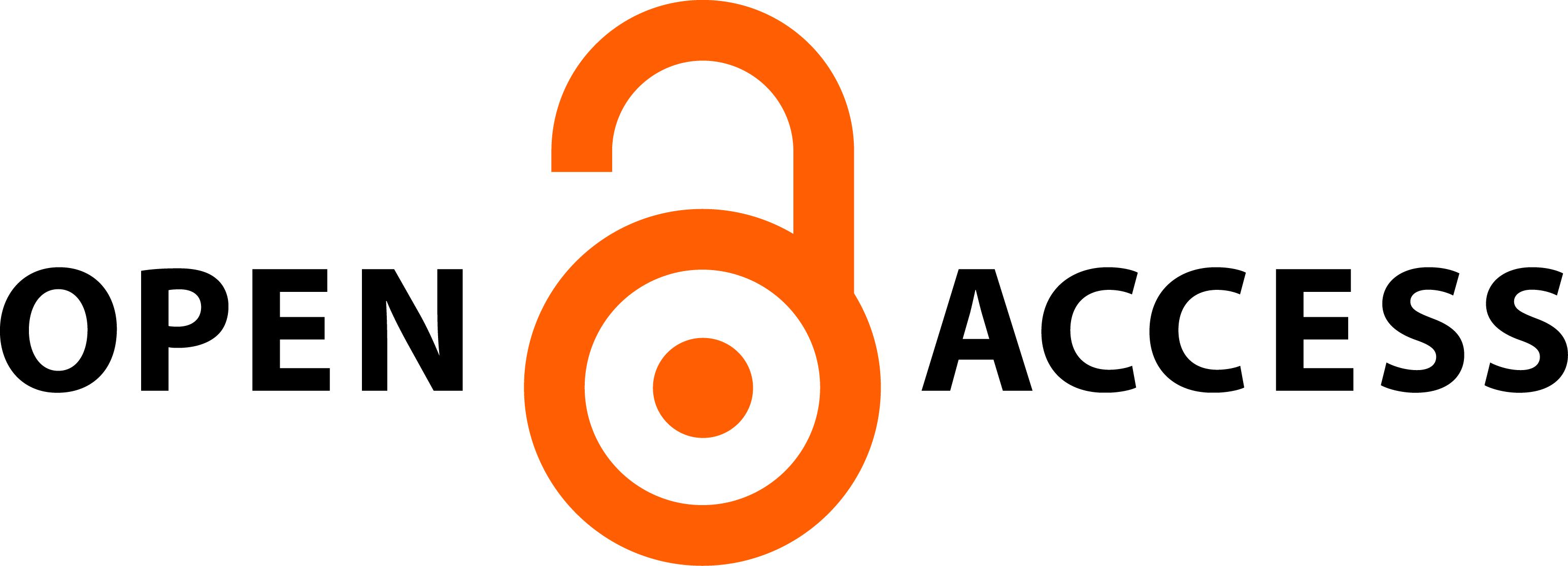Fundações Americanas e a era da Filantropia Global: como o Brasil está longe na corrida por fomento
DOI:
https://doi.org/10.15448/1981-2582.2016.2.21946Palavras-chave:
Filantropia global. Fundações privadas Norte Americanas. Internacionalização. Tendências.Resumo
Este artigo examina fundações privadas dos Estados Unidos que fazem doações às organizações não governamentais –ONGs e instituições educacionais no Brasil, durante e após a recessão global (2006-2012). Usando dados americanos, os autores identificam as fundações privadas americanas que destinam mais dinheiro para o Brasil, nomeiam as razões das instituições que recebem o maior apoio internacional e identificam como as fundações brasileiras têm sido impactadas pela crise financeira mundial. O artigo apresenta seções que descrevem a história do financiamento da educação, a literatura de pesquisas sobre filantropia global, a metodologia, os resultados e recomendações para estudiosos brasileiros da forma mais eficaz de concretizar subvenções.
Downloads
Referências
ADAMS, F. Bilateral aid to Latin America: foreign economic assistance from major donor nations. Amherst, New York: Cambria Press. 2015.
ADELMAN, C. Global Philanthropy and Remittances: Reinventing Foreign Aid. Brown Journal of Foreign Aid, v. 15, n. 2, p. 23-33, Spring/Summer 2009.
BARKAN, J. Plutocrats at Work: How Big Philanthropy Undermines Democracy. Social Research, v. 80, n. 2, p. 635-652, Summer 2013.
BROOKS, Chay. “The ignorance of the uneducated”: Ford Foundation philanthropy, IIE, and the geographies of educational exchange. Journal of Historical Geography, n. 48, p. 36-36.
BROOKE, N.; WITOSHYNSKY, M. The Ford Foundation’s 40 years in Brazil: a partnership for social change. São Paulo: Ford Foundation. 2002.
CANTU, M. P. Three effective strategies of internationalization in American universities. Journal of International Education & Leadership, v. 3, n. 3, p. 1-12, 2013.
CARNEGIE, A. Wealth. North American Review, p. 653-664, June 1889.
CHARLES STEWART MOTT FOUNDATION. Retrieved from: http://www.mott.org.
DAVID and LUCILE PACKARD FOUNDATION. Retrieved from: http://www.packard.org. de WIT, H.; JARAMILL, C.; GACEL-AVILA, J.; KNIGHT, J. Higher education in Latin America: The international dimension. World Bank Publications. 2005.
DOBRZYNSKI, J. H. Philanthropy. Carnegie Reporter, p. 35-43, Fall 2007.
DOMONKOS, L. H. History of Higher Education. In: Goodchild , Lester F.; Wechsler , Harold S. (Eds.). ASHE Reader on The History of Higher Education. Boston, Massachusetts: Pearson Learning Solutions. 1997. p. 1-22.
EVANS, V. Grantmaking and foundations for Latin America and the Carribbean (2010-2012). New York: Council on Foundations Report for Foundation Center, 2012. p. 1-39.
FORD FOUNDATION. Retrieved from: http://www.fordfoundation.org. FOUNDATION CENTER MAPS 2.0. 2015. Retrieved from: http://maps.foundationcenter.org/home.php.
GORDON and BETTY MOORE FOUNDATION. Retrieved from: https://www.moore.org/.
HALL, P. D. A historical overview of philanthropy, voluntary associations, and nonprofit organizations in the United States, 1600-2000. In: Powell, W. W.; Steinberg, R. (Eds.). The Nonprofit Sector: a Research Handbook. New Haven, Connecticut: Yale University Press, 2006. p. 32-65.
HAYS, I.; MULLER, S. Questioning generosity in the Golden Age of philanthropy: towards critical geographies of superphilanthropy. Progress in Human Geography, v. 38, n. 5, p. 635-653, 2014.
KNIGHT, J. International universities misunderstandings and emerging models? Journal of Studies in International Education, v. 19, n. 2, p. 107-121, 2015.
MCRAVEN, N.; SOMERS, P. Internationalizing a community college: a view from the top. Journal of Community College Research and Practice. In press.
MICROSOFT CORPORATION CONTRIBUTIONS PROGRAM Retrieved from: http://www.microsoft.com/about/corporatecitizenship/en-us.
MOORE, D.; RUTZEN, D. Legal Framework for Global Philanthropy: Barriers and Opportunities. International Notfor-Profit Law, v. 13, n. 1-2, p. 5-41, April 2011.
PETERSEN, A. C.; McCLURE, G. D. Trends in global philanthropy among U.S. foundations: a brief review of data and issues. The Foundation Review, v. 2, n. 4, p. 88-100. doi: 10.4087/foundationreview-d-10-00032, 2011
REICH, R.; WIMER, C. Chartiable giving and the great recession. Palo Alto, California: The Russell Sage Foundation and the Stanford Center on Poverty and Inquality. 2012.
SÁ, C.; GRIECO J. International collaboration in Brazilian higher education. Frontiers of Education in China, v. 10, n. 1, p. 7-22, 2015.
SATO, G. U.S. foundation funding: Latin America, 2010 to 2012. New York: The Foundation Center, Hispanics in Philanthrophy, and Seattle International Foundation. 2014.
SCHERVISH, P. G. Why the wealthy give: factors which mobilize philanthropy in high net-worth individuals. In: A. Sargeant and W. Wymer (Eds.). The Routledge Companion to Non-profit Marketing. Abingham, England: Routledge, 2008. p. 165-181.
SHAH, S.; MUKAL, R.; McALLISTER, G. Foundation funding for Hispanics/Latinos in the United States and for Latin America. New York: The Foundation Center in Collaboration with Hispanics in Philanthropy, 2011.
SILICON VALLEY COMMUNITY FOUNDATION. Retrieved from: http://www.siliconvalleycf.org.
SPERO, J. A. The global role of U.S. foundations. New York, New York: The Foundation Center. 2010.
SPERO, J. A. Charity and philanthrophy in Russia, China, India and Brazil. United States: The Foundation Center and Worldwide Intiatives for Grantmaker Support, 2014.
UNITED NATIONS WOMEN’S FUND. Retrieved from: http://www.unwomen.org/en.
UPSALL, D. Oh, Pioneers! Advancing Philosophy, p. 30-32, Fall 2013.
WALTON FAMILY FOUNDATION. Retrieved from: http://www.waltonfamilyfoundation.org.
WILLIAM and FLORA HEWLETT FOUNDATION. Retrieved from: http://www.hewlett.org/.
W.K. KELLOGG FOUNDATION. Retrieved from: http://www.wkkf.org/
Downloads
Publicado
Como Citar
Edição
Seção
Licença
Direitos Autorais
A submissão de originais para a Educação implica na transferência, pelos autores, dos direitos de publicação. Os direitos autorais para os artigos publicados nesta revista são do autor, com direitos da revista sobre a primeira publicação. Os autores somente poderão utilizar os mesmos resultados em outras publicações indicando claramente a Educação como o meio da publicação original.
Licença Creative Commons
Exceto onde especificado diferentemente, aplicam-se à matéria publicada neste periódico os termos de uma licença Creative Commons Atribuição 4.0 Internacional, que permite o uso irrestrito, a distribuição e a reprodução em qualquer meio desde que a publicação original seja corretamente citada.





